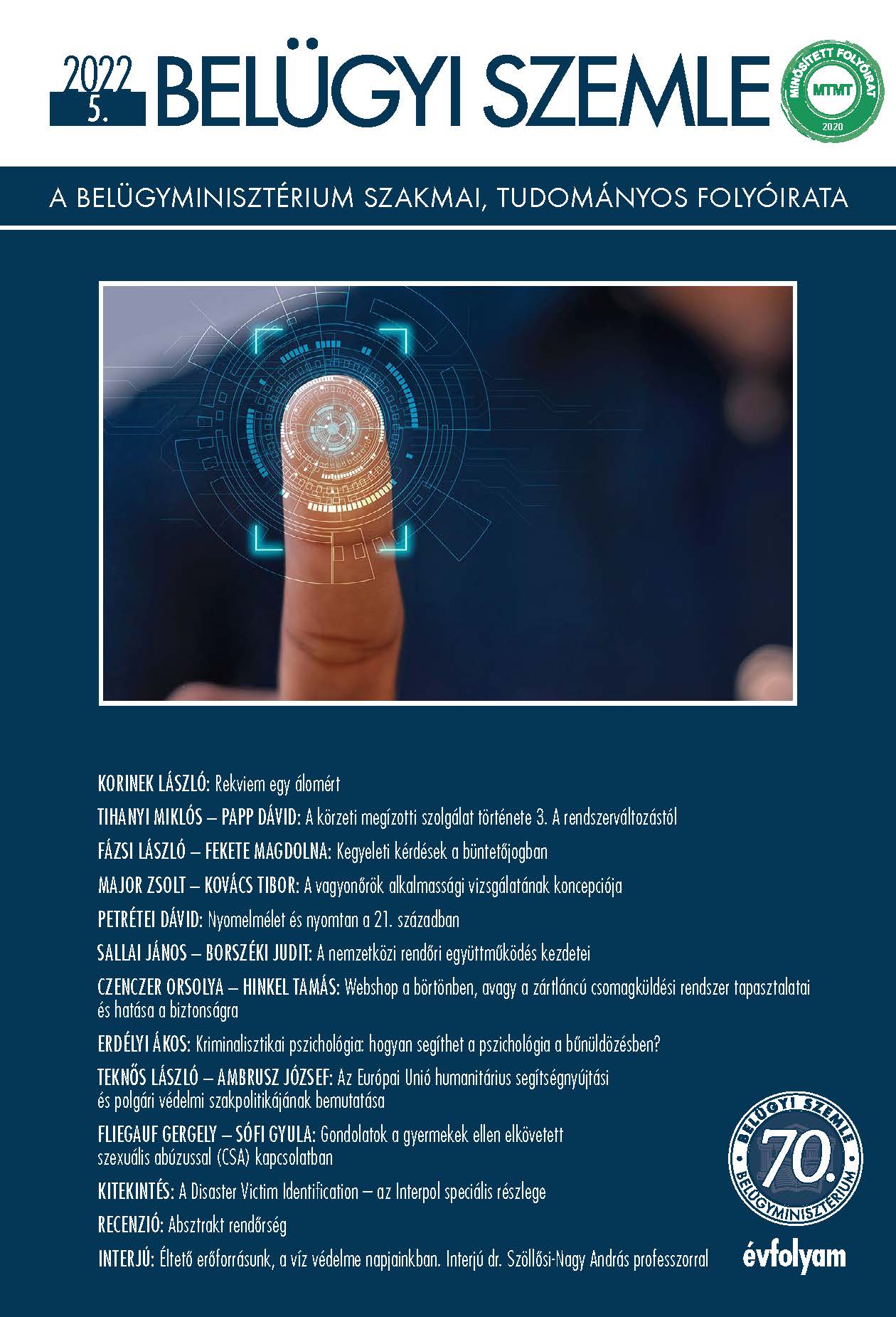Abstract
Aim: Disaster Victim Identification (DVI) means the identification of victims of mass accidents, disasters and acts of terrorism. From the point of view of crisis management, it is a small but all the more important moment, as the media, and through them the population, is interested in how fast the system reacted to the incident, how many victims were identified, and who or what caused the incident, where people lost their lives. How much the victims suffered, how they died, if they have not yet been identified, when they will be, how their relatives were treated, when order will be restor ed and how much it costs. To answer these questions, in addition to investigative data, the communication specialists can expect the information from the identification and discharge recovery units, so these activities must be carried out in an organized and high-quality manner.
Methodology: The study is a descriptive theoretical research.
Findings: Any developed state suffers a great loss of prestige if it is unable to carry out victim identification activities in accordance with uniform international standards. The basic philosophy of the Interpol DVI is: an interdisciplinary approach, standardised procedures, preparation in terms of organisation and training, and respect of humanity and dignity.
Value: The study explores an interesting topic that may be of interest to the wider public, but readers, researchers and students can also benefit from its elaboration, and it can be a good discussion starter.

